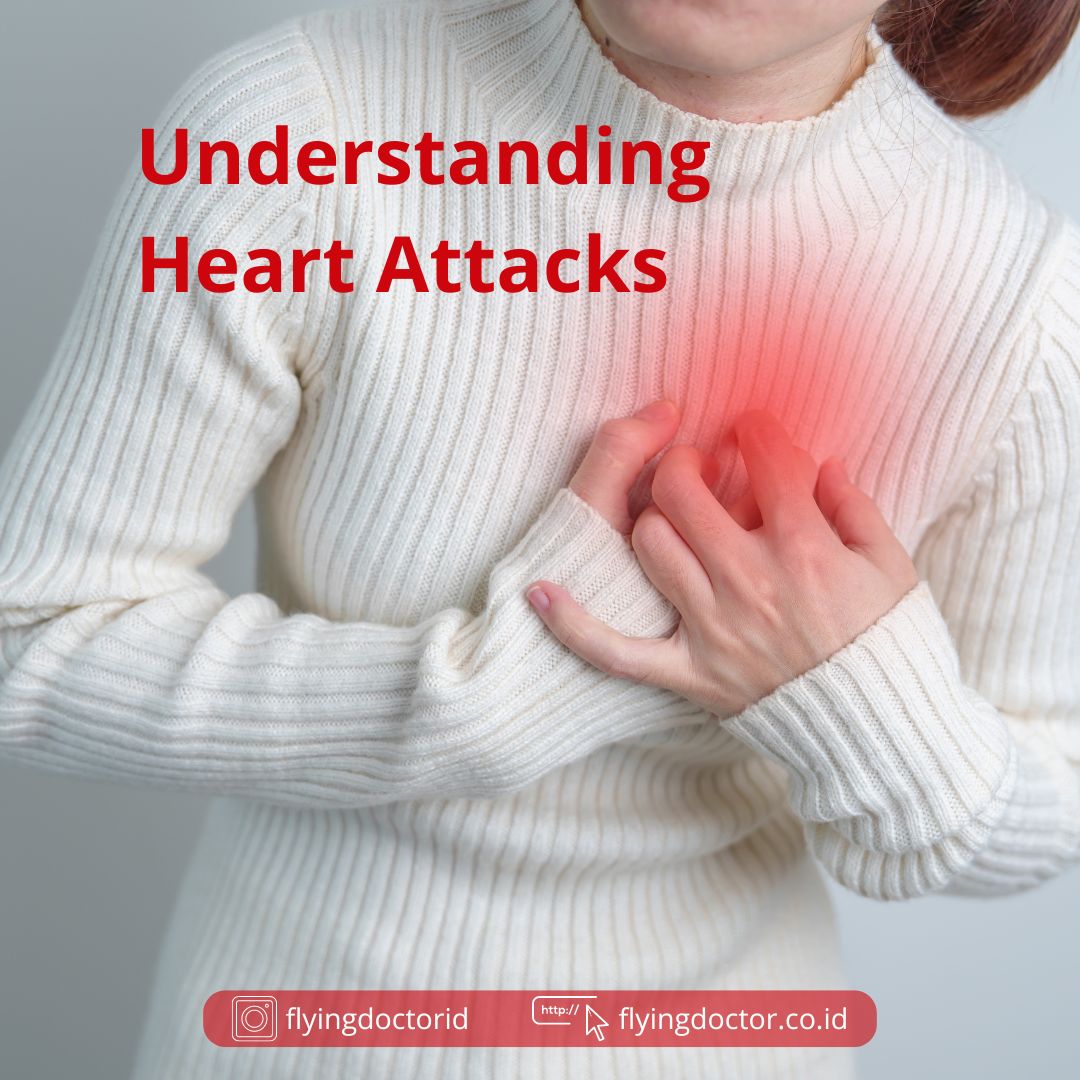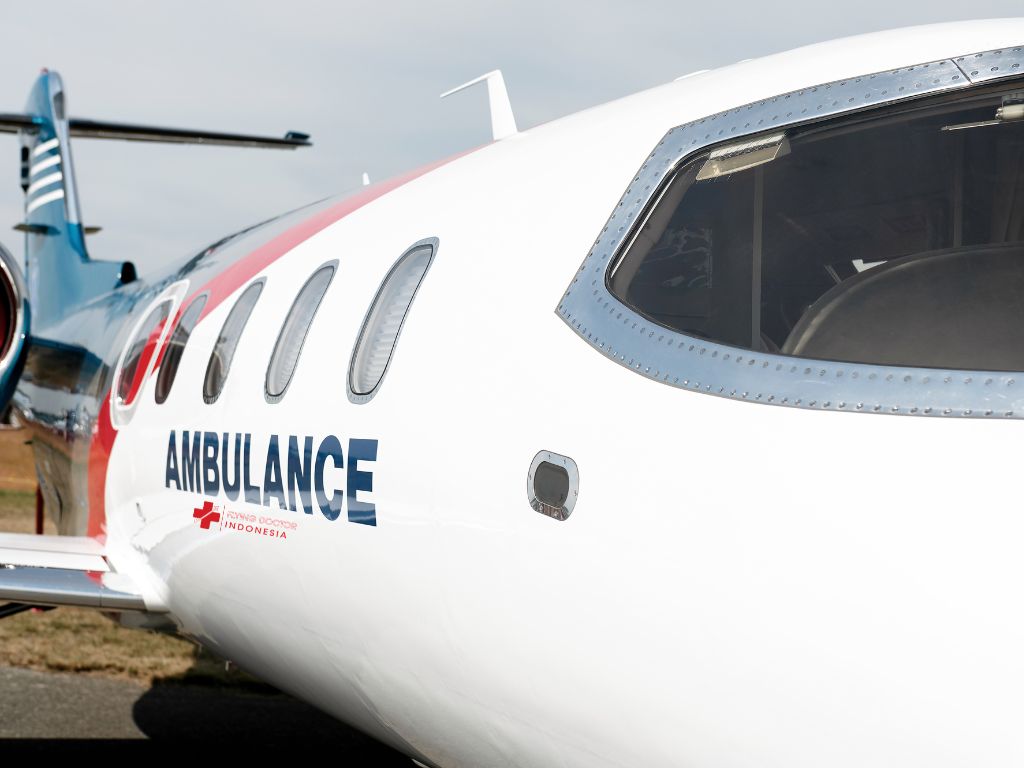Air medical evacuation is the process of transferring patients who need special or emergency care from one location to another using aircraft, either helicopter or fixed-wing aircraft. Air medical evacuation can be done in disaster situations, accidents, conflicts, or other life-threatening circumstances for patients. Air medical evacuation requires good planning, coordination, communication, human resources, logistics, and finance, as well as medical equipment that suits the patient’s condition and aircraft.
Air medical evacuation has several benefits, such as:
- Accelerating appropriate and effective medical treatment for patients who need it.
- Reducing the risk of complications or death due to delay or unavailability of adequate health facilities at the patient’s original location.
- Providing wide and fair access for patients who are in remote, inaccessible, or security-problematic areas.
- Improving the quality of health services and patient satisfaction.
Some studies have shown the success rate of timely medical treatment due to the use of air medical evacuation services worldwide and in Indonesia. Here are some examples of these studies:
- A case study in Indonesia showed that air medical evacuation can improve the safety and well-being of patients who experience traffic accidents. In this study, a pregnant woman who had a car accident in a remote area was successfully evacuated by helicopter to a hospital that had a neonatal intensive care unit (NICU) facility. As a result, the mother and baby survived and were healthy.
- A study in Canada evaluated the impact of air medical evacuation on mortality and morbidity of trauma patients. The study used data from 1,462 trauma patients who were evacuated by air from the scene to regional or tertiary hospitals between 2002 and 2012. The results showed that air medical evacuation was associated with a 23% reduction in 30-day mortality and an 18% reduction in major morbidity compared to trauma patients who were not evacuated.
- A study in South Africa measured the effectiveness of air medical evacuation on clinical outcomes of acute ischemic stroke patients. The study used data from 91 acute ischemic stroke patients who were evacuated by helicopter from primary hospitals to tertiary hospitals that had thrombolysis facilities between 2007 and 2013. The results showed that air medical evacuation enabled 74% of patients to receive thrombolysis within 4.5 hours of symptom onset, and 57% of patients had good clinical outcomes at day 90.
From the examples of studies above, it can be concluded that air medical evacuation is one of the important aspects of aviation medicine that can have a positive impact on timely medical treatment for patients who need it. Therefore, air medical evacuation needs to be continuously developed and improved in terms of technology, human resources, and regulation, in order to provide optimal health services for the community.



